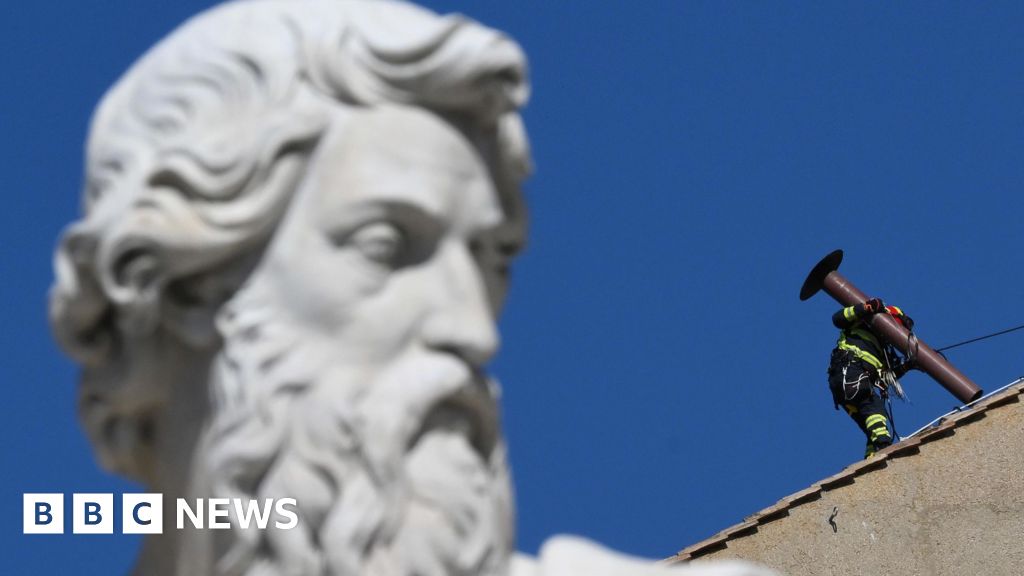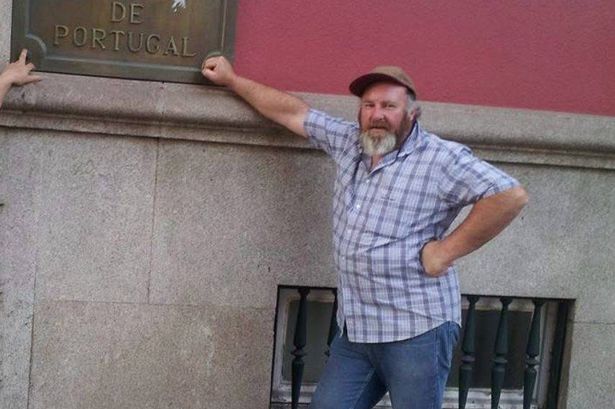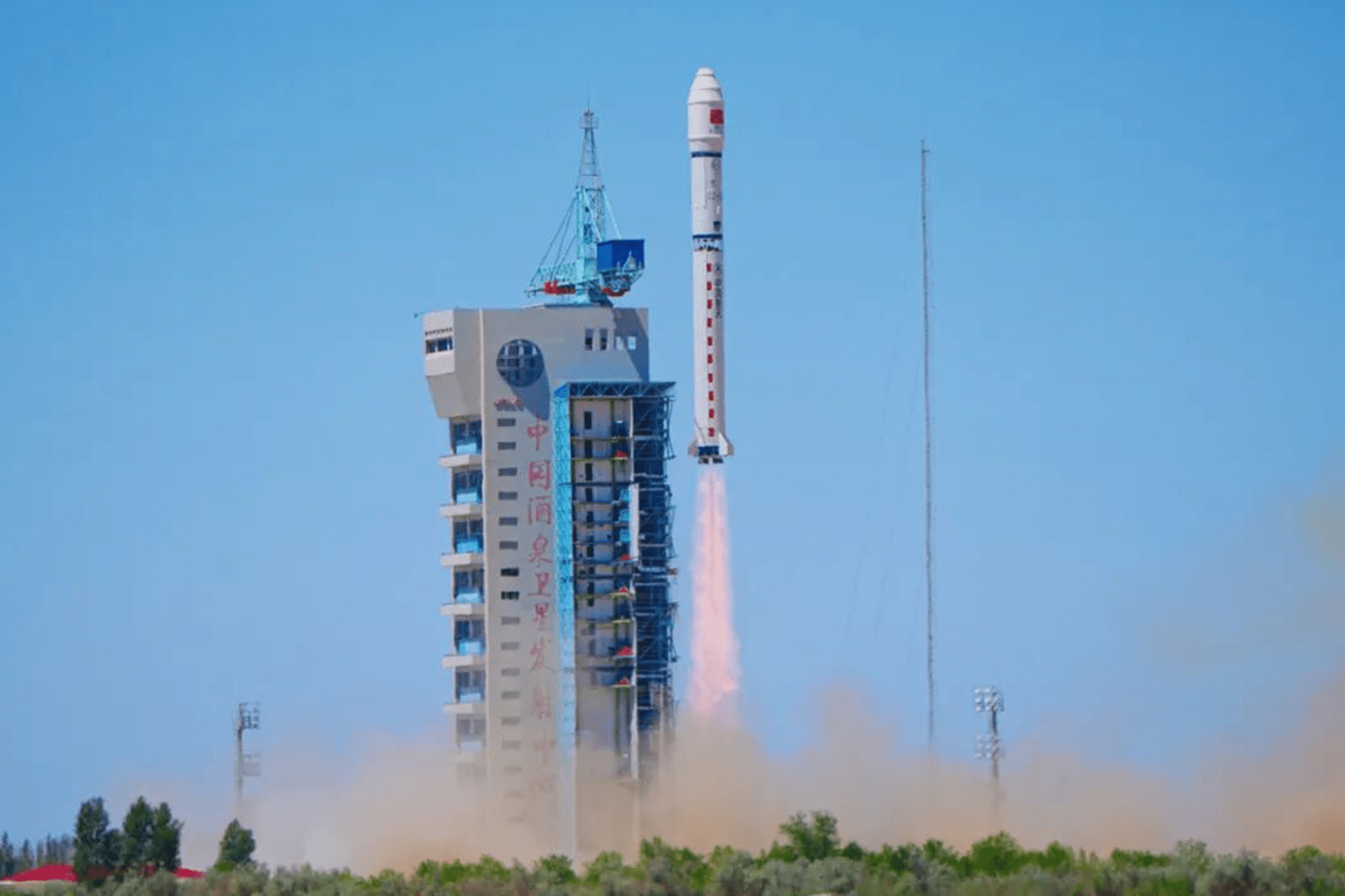Custom fireworks and standby firefighters: How the Vatican makes its smoke signal

In a world where technology is constantly advancing, the Vatican, the centuries-old epicenter of the Roman Catholic Church, still adheres to the age-old tradition of announcing a new pope through a smoke signal. The process, according to experts, requires “two custom-made fireworks”, rigorous smoke test rehearsals, and Vatican firefighters on standby to ensure its success.
The smoke signal is a crucial part of the papal conclave, a gathering of cardinals who cast their votes for the new pope in a secretive process. If black smoke rises from the chimney of the Sistine Chapel, it means that the cardinals have not yet reached a consensus. However, if the smoke is white, it signifies that a new pope has been elected.
The creation of the smoke signal is a meticulous process. It starts with the preparation of two custom-made fireworks that are attached at the base of the chimney of the Sistine Chapel, where the conclave takes place. These fireworks are not the kind that burst into the sky, rather they are carefully tailored to produce the specific color of smoke required.
The first firework is filled with a mixture of potassium perchlorate, anthracene, and sulphur, which when ignited, produces black smoke. The other firework consists of potassium chlorate, lactose, and pine rosin, the combination of which generates white smoke.
The color of the smoke is clearly distinguishable due to the specific chemical compositions of the fireworks. However, to eliminate any potential confusion, the Vatican conducts smoke test rehearsals. These rehearsals are carried out in the days leading up to the conclave to ensure that the smoke, whether black or white, is clearly visible to those eagerly awaiting the announcement.
The process of igniting the fireworks and the subsequent smoke signal is overseen by Vatican firefighters, who are on standby throughout the conclave. Their role is crucial not only in managing the fireworks but also in maintaining safety during this significant event.
The tradition of the smoke signal dates back to the 13th century, but the use of chemicals to produce the color of the smoke is a relatively recent development. In the past, the color of the smoke was determined by the materials burned – wet straw for black smoke and dry straw for white. However, there have been instances where the color of the smoke was unclear, leading to confusion among those waiting for the results of the papal election.
To prevent such confusion, the Vatican introduced the use of chemicals in the 20th century. The process has been continuously refined over the years to ensure the color of the smoke is unequivocally clear.
Despite the advent of technology, the Vatican continues to uphold this tradition, which is steeped in symbolism and history. The smoke signal not only communicates the outcome of the papal election to the thousands of spectators in St. Peter’s Square, but also to the millions watching around the world.
The process behind the smoke signal, from the custom fireworks to the standby firefighters, is a reflection of the Vatican’s commitment to maintaining its revered traditions. It shows that even in the face of modernization, some customs continue to hold a profound significance, serving as a bridge between the past, the present, and the future.
This blend of science and tradition, the old and the new, is a testament to the enduring relevance of the Vatican and the Catholic Church. It embodies the Church’s adaptability, its ability to uphold its traditions while also evolving to ensure clarity and safety.
In a world where news often travels at the speed of light, the Vatican’s use of a smoke signal serves as a reminder of the significance of rituals and the need for patience in awaiting momentous news. The sight of the smoke rising from the Sistine Chapel is not merely an announcement, but a spectacle that captures the world’s attention – a symbol of the continuity of faith and tradition.








